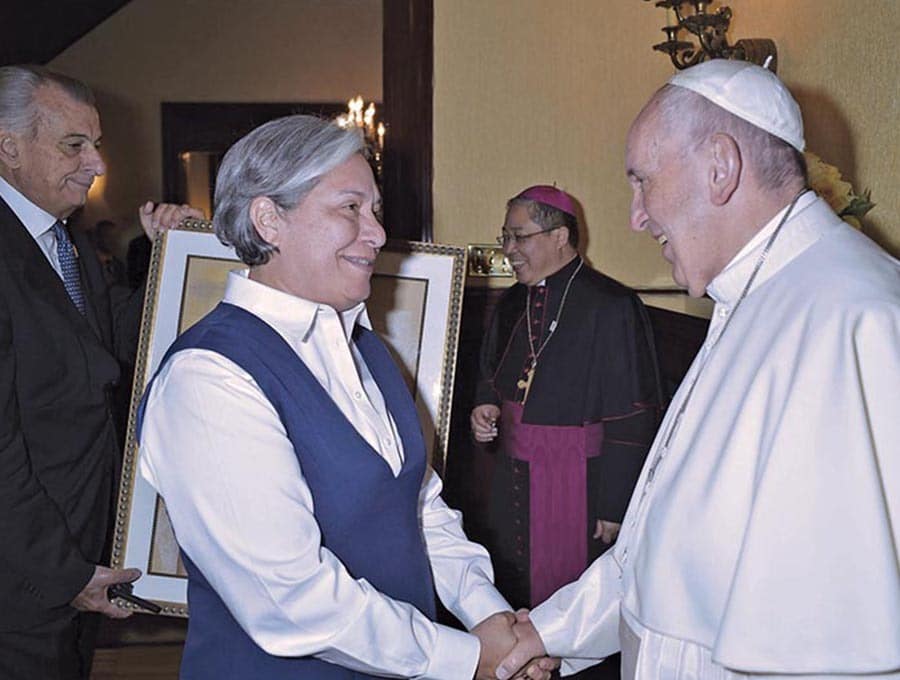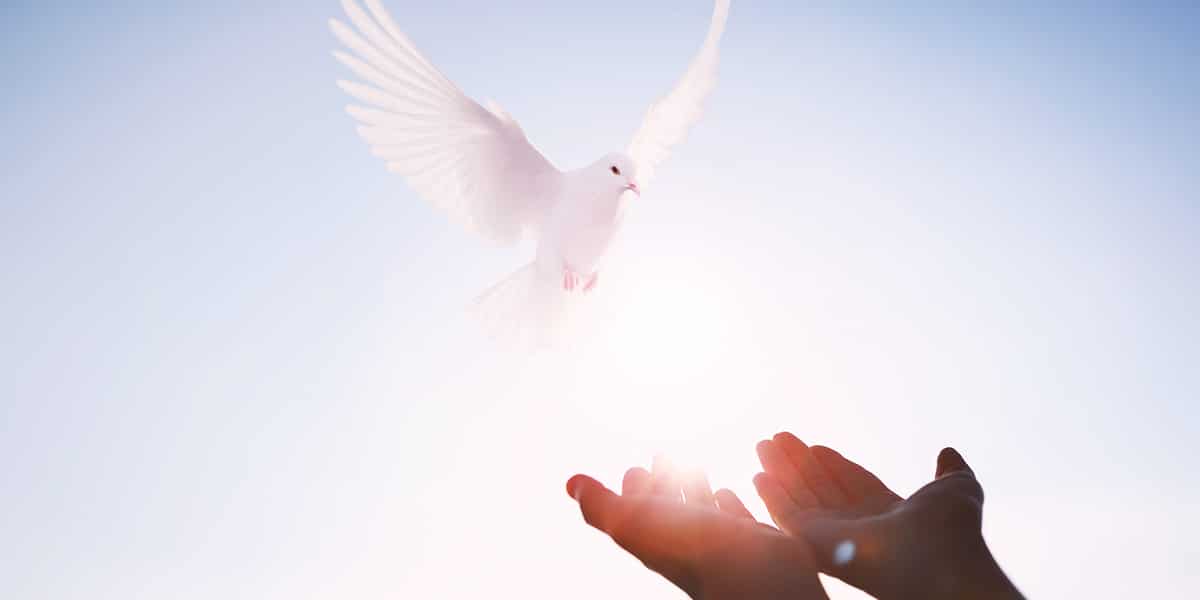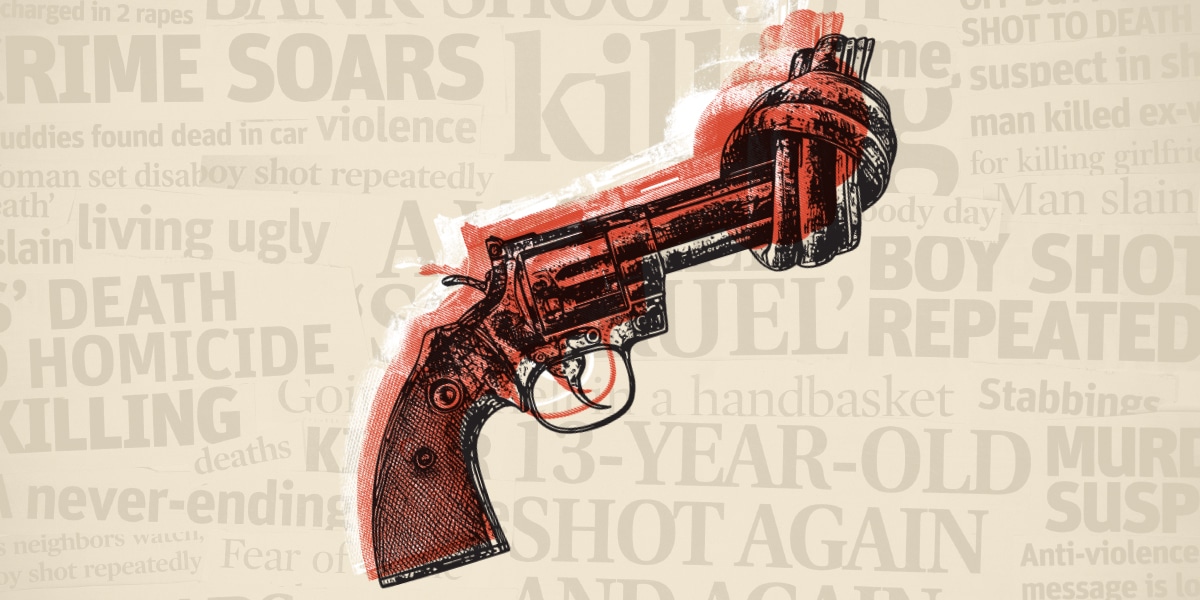Enola Holmes
Sixteen-year-old Enola (“alone” spelled backwards), played by Millie Bobby Brown, lives with her mother, Eudoria Holmes (Helena Bonham Carter), on the family’s estate in England. Eudoria teaches her daughter every school subject, however unconventional, and how to fend for herself. Then, on Enola’s 16th birthday, her mother goes missing.
Enter Enola’s eldest, uptight brother Mycroft (Sam Claflin) and seemingly fuzzy-brained brother Sherlock (Henry Cavill). Mycroft makes plans to send Enola off to a proper boarding school while Sherlock investigates their mother’s disappearance.
Enola takes matters into her own hands, disguises herself as a stable boy, and heads for London. She has an idea where her mother might be. But her plans are derailed a bit when she encounters Lord Viscount Tewksbury (Louis Partridge), who is fleeing his family for reasons of his own.
Enola Holmes is based on the young adult book series The Enola Holmes Mysteries, by Nancy Springer. The script is by Jack Thorne, and Harry Bradbeer directs. I thoroughly enjoyed this Netflix original film. Brown shows her considerable acting talent, and the camera loves her.
I was surprised at how deftly Enola unfolds the mystery, but it is also about women’s suffrage and feminism in late 19th-century England. It shows that there are alternative ways to resolve conflict and redress wrongs other than violence. There may be some romance in any sequels.
Not yet rated, PG-13, Peril and some fighting.

Francesco
Oscar- and Emmy-nominated director Evgeny Afineevsky’s latest documentary is a unique deep dive into the life, vision, and papacy of Pope Francis. Beginning with the dramatic image of the solitary pope crossing St. Peter’s Square as rain fell on March 28 to pray to end the pandemic, the film moves around the world with Pope Francis, first focusing on Syrian refugees on the Greek island of Lesbos on his first apostolic journey as pope. He brought back 12 Syrian refugees to Rome.
We go with him to the Italian immigrant reception center on Lampedusa, where mostly African people land when their boats sink on the way to Europe, followed by a controversial visit to Chile that broke open the reality of the clergy abuse scandal and evoked a humble apology from the pope to victims. A moving encounter via videoconference shows Francis thanking Sister Norma Pimentel in Allen, Texas, for her work with immigrants at the US-Mexico border—and calling her his favorite nun. The pope’s visit to Myanmar to navigate a tense diplomatic encounter is also included, as is his advocacy for the Rohingya people with the prime minister of Bangladesh, who opens her borders to those fleeing genocide.
The film also gives us the backstory of Jorge Maria Bergoglio, who would become Pope Francis in 2013. Through archival photos and footage, as well as interviews with family members in Argentina, the audience comes to a better understanding of the people, faith, and Jesuit charism that shaped him. Francis’ call for interfaith dialogue among Christians, Jews, and Muslims is highlighted by his visit to Israel and his friendship with his favorite rabbi, Abraham Skorka of Buenos Aires, Argentina, the pope’s hometown.
Director Afineevsky, who is Jewish, has a compassionate vision when his subject is suffering people. He was given unprecedented access to Vatican television footage, the Vatican, and finally Pope Francis himself, whose smile and words of faith conclude the film.
Francesco is a live-action, illustrated version of the pope’s agenda for serving humanity and bringing the peace of Christ to those who suffer. It addresses themes of Catholic social teaching, especially human dignity, respect for human life, the common good, and care for the earth. It is currently in theatrical release and will begin streaming online in January 2021.
Not yet rated, Scenes of human suffering and peril.








